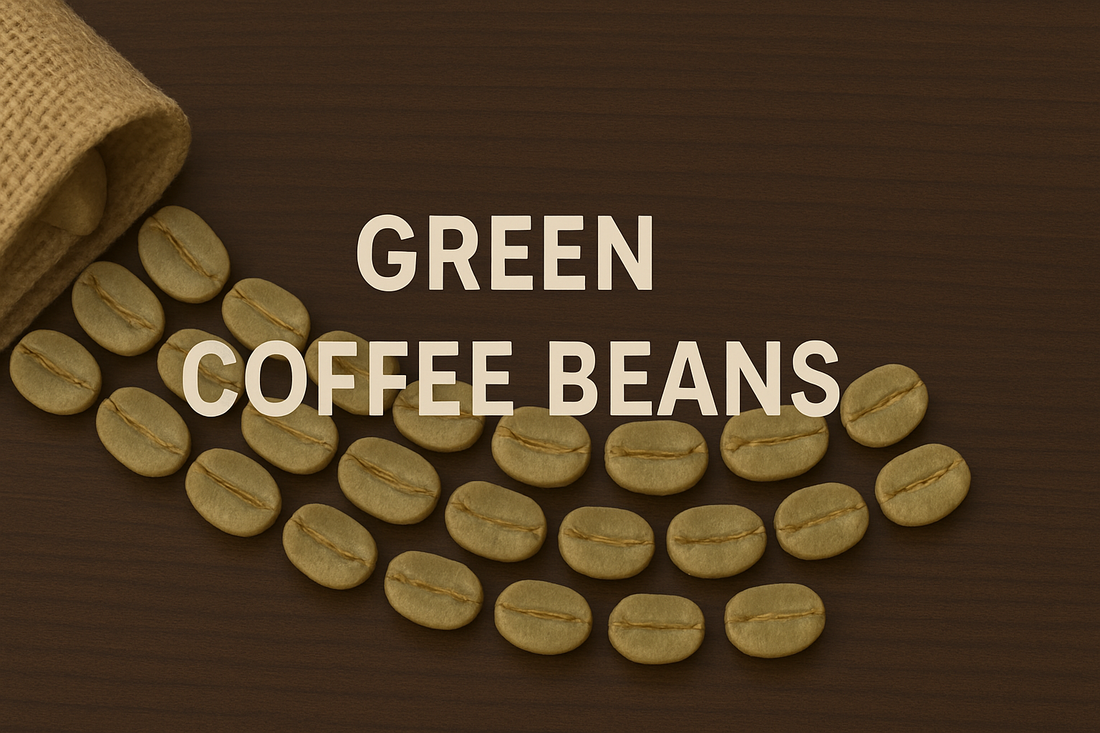
Green Coffee Beans
正啟 GLOBALEYESShare this news
You probably know that coffee is a plant and realize that coffee beans come from a vibrant red fruit known as a coffee cherry. But what's inside a coffee cherry? And what does this mean for your coffee? Different parts of the coffee cherry influence processing methods and ultimately affect the final characteristics of your coffee. Let’s take a look at the basic anatomy of a coffee cherry to better understand the coffee we enjoy every day.

Coffee Plant Overview
Coffee trees can naturally grow up to 9 meters, but farmers prune and trim the trees to maintain plant health, quality, and ease of harvesting. Smaller coffee trees produce higher yields and better quality beans within limited spaces. Each tree is covered with pairs of waxy, green leaves, and coffee cherries grow along the branches.

Depending on the coffee variety, trees typically start producing cherries after three to four years. According to the National Coffee Association of the USA, an average coffee tree yields about 10 pounds of coffee cherries per year, which translates to roughly 2 pounds of coffee beans. Coffee beans vary widely across different species and varieties, with distinct differences in size, taste profiles, and disease resistance.

Anatomy of a Coffee Cherry
A coffee cherry consists of several layers, each playing a crucial role in determining the characteristics and processing methods of the coffee beans:
1. Outer Skin (Exocarp)
The outermost layer is called the exocarp. Initially green as the fruit begins to develop, it gradually turns yellow, then orange, and finally, a ripe, vibrant red.

2. Pulp (Mesocarp)
Beneath the outer skin is a soft, fleshy layer called the pulp or mesocarp. This layer is rich in sugars, significantly influencing the flavor profile of the coffee bean.

3. Mucilage (Pectin Layer)
Next is a thin, sticky layer known as the mucilage or pectin layer. Rich in sugars, this mucilage greatly impacts the flavor development of the coffee bean, particularly in natural and honey processing methods.

4. Parchment (Endocarp)
The parchment (also known as the endocarp) is a thick, protective shell-like layer composed of 3-7 cellulose layers surrounding the beans. It protects the coffee beans throughout processing and drying.

5. Silverskin (Spermoderm)
Covering each coffee bean is a thin, papery layer known as the silverskin. This layer remains intact through processing and is only removed during roasting due to high temperatures, becoming a roasting byproduct known as chaff.

6. Green Coffee Bean (Endosperm)
At the center are typically two green coffee beans (also called the endosperm). Occasionally, a genetic mutation results in a cherry containing only one bean. Known as a peaberry, this singular bean is rounder, denser, and harder compared to regular beans. Peaberries occur in about 5% of coffee cherries.

Why It Matters
Understanding the basic anatomy of the coffee cherry provides deeper insights into coffee production, processing methods, and roasting. Next time you're choosing between naturally processed and washed coffee, you’ll have greater confidence knowing exactly what these processing methods entail and how they impact the final taste and quality of your cup of coffee.

